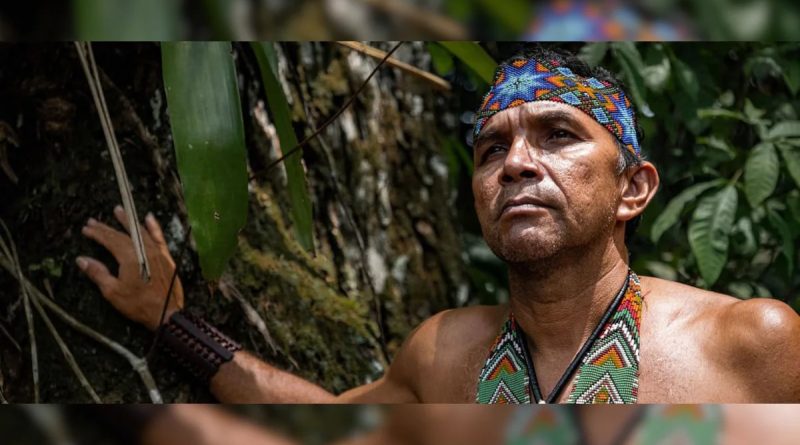Indigenous Peoples: Earth’s Stewards in the Spotlight
World Tribal Day is celebrated annually on August 9.
The Global Celebration of the World’s Indigenous Peoples, also known as World Tribal Day, is observed on August 9 every year to raise awareness and safeguard the rights of the world’s indigenous population. This occasion also acknowledges the accomplishments and contributions that indigenous individuals make to enhance global issues such as conservation of the environment.
The objective of the day is to endorse and safeguard the rights of indigenous peoples, who have frequently been marginalized and whose traditions have encountered risks of erosion and assimilation.
This Global Celebration of the World’s Indigenous Peoples 2024 is concentrating on ‘Safeguarding the Rights of Indigenous Peoples in Voluntary Isolation and Initial Contact’.
As per the United Nations, approximately 200 communities of Indigenous Peoples currently reside in voluntary isolation and initial contact. They dwell in secluded forests abundant in natural resources in Bolivia, Brazil, Colombia, Ecuador, India, Indonesia, Papua New Guinea, Peru, and Venezuela. They opt to live detached from the rest of the world, and their movement pattern enables them to participate in gathering and hunting, hence preserving their cultures and languages. These individuals have a strict reliance on their ecological surroundings. Any alterations to their natural habitat can jeopardize both the survival of individual members and the group as a whole.
Were You Aware?
- Indigenous peoples constitute less than 6% of the global population but account for at least 15% of the extremely impoverished.
- They are the protectors of 28% of the Earth’s surface, encompassing 11% of the world’s forests.
- Indigenous territories harbor most of the world’s remaining biodiversity.
- Their food systems are highly self-sustaining, generating 50-80% of their own food and resources.
Click for more trending news
Waiting for response to load…

